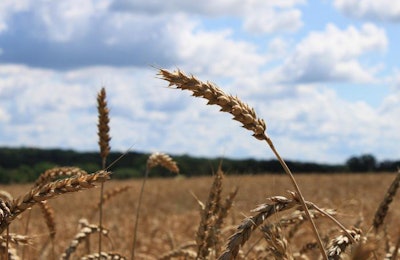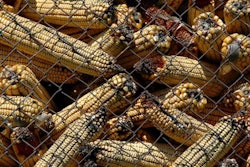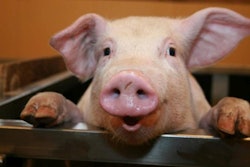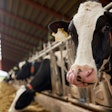
Working at an international level with a network ranging from the Americas to Europe and China offers a different perspective. As it happens, I have been receiving reports from my network about a disastrous wheat crop for the Northern Hemisphere. It seem this is a bad year for wheat. Low yields, awful quality (even for hard wheat destined for the human food industries), and above all, unprecedented levels of mycotoxins.
In fact, one contact of mine in Europe mentioned a severe case of mycotoxin contamination that forced broilers to bluntly refuse feed. They preferred to starve than eat the heavily contaminated feed. Others reported a host of problems, but the end result being always the same: inferior quality, problems with feed intake and mycotoxins.
These unofficial reports have now been confirmed by more comprehensive reports by major international firms that specialize in mycotoxin control in animal feeds. Happy times for their profit line, indeed, but they too are concerned because their products are designed to work within expected limits. So, there is a tremendous amount of noise regarding levels, active compounds, combinations of products and even alternative methods to deal with wheat.
It is beyond saying that wheat has been removed from sensitive formulas, where such a thing is possible due to cost and available alternative options, but this is 1 percent of the whole picture. The majority of animals will have to cope with the present harvest of wheat, no matter its quality. We just have to ensure we protect our animals and ourselves, even if we sacrifice performance and profitability.


















